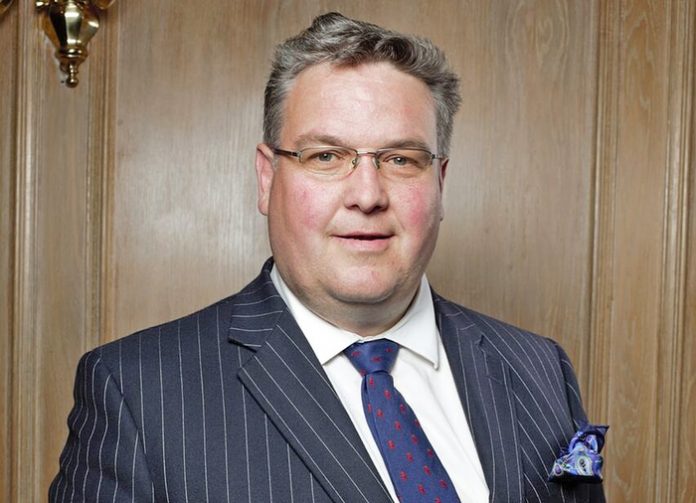Commercial property landlords are being warned they face fines of up to £150,000 if they do not comply with the government’s new energy efficiency regulations.
Landlords are no longer able to let energy-inefficient commercial space with an Energy Performance Certificate (EPC) of F or G without making improvements.
But a Southampton and London based property tax specialist says there is a silver lining to the strengthened Minimum Energy Efficiency Standard (MEES) legislation.
Alun Oliver, managing director of award-winning Ocean Village-headquartered E3 Consulting, says there are considerable tax breaks applicable for bringing energy-inefficient buildings up to scratch.
He said: Approximately 18 per cent of commercial properties in England and Wales have an EPC rating of F or G and since April 1 landlords of these now sub-standard buildings have been unable to let them on new leases without remedial action.
“Although in a small number of cases the situation can be easily rectified, most F and G rated properties will require a degree of refurbishment and modernisation before a new lease can be granted.”
Mr Oliver, who founded nationally operating E3 Consulting in 2003, said some landlords had elected to buy themselves time by simply extending current leases.
He added: “However, from April 1 2023 all non-domestic buildings will have to comply with a rating of E or better to be legally let at all – irrespective of the lease term.”
Mr Oliver said tax saving opportunities that counteract the ‘stick effect’ of new MEES rules should not be overlooked with Enhanced Capital Allowances (ECAs) providing 100 per cent tax relief on certain energy efficient and water conservation expenditure.
“As with most legislative changes, in addition to onerous requirements and obligations, they present a useful opportunity to combine energy efficient improvements and refurbishment programmes. This not only increases asset value, but also can lead to higher rents.
“If refurbishment works are carefully designed around the energy and water technology lists as well as the relevant tax legislation, then HMRC will effectively contribute towards the building’s upgrade while also improving the EPC rating.”
Allowable categories include low-energy LED lighting, low-flow taps, showers and WCs, plus some heating, ventilation and air-conditioning systems, pumps and motors.
More traditional improvements, including replacing double or triple glazed windows or adding external thermal renders or cladding also qualify for tax deductions.
All but a small minority of exempted buildings – commercial and residential – are required to have an EPC, with A being the most energy efficient and G the worst for our environment.
Penalties for non-compliance with MEES regulations – introduced to help combat global warming – are substantial, ranging from £5,000 to a maximum of £150,000.
According to the United Nations-led Intergovernmental Panel on Climate Change, ‘the built environment holds the greatest opportunity for cost-effective emissions mitigation of any sector’.
Exemptions to MEES permit some buildings not to have an EPC, such as industrial sites, workshops, non-residential agricultural buildings with a low energy demand, some listed buildings, temporary properties, holiday lets and buildings scheduled for demolition.
Independent assessors can also exempt below MEES standard buildings where all relevant energy efficiency improvements have been made, would damage the property or would not pay for themselves within seven years; known as the Golden Rule.
Buildings may also qualify for exemption if an independent surveyor deems that improvements are likely to reduce market value by more than five per cent or if third party consent has been refused.
Mr Oliver added: “E3 Consulting can help in identifying works that qualify for 100 per ECAs or even the wider Plant & Machinery Allowances (PMAs), Integral Feature Allowances (IFAs) or Annual Investment Allowances (AIAs) to optimise the available tax relief.






















